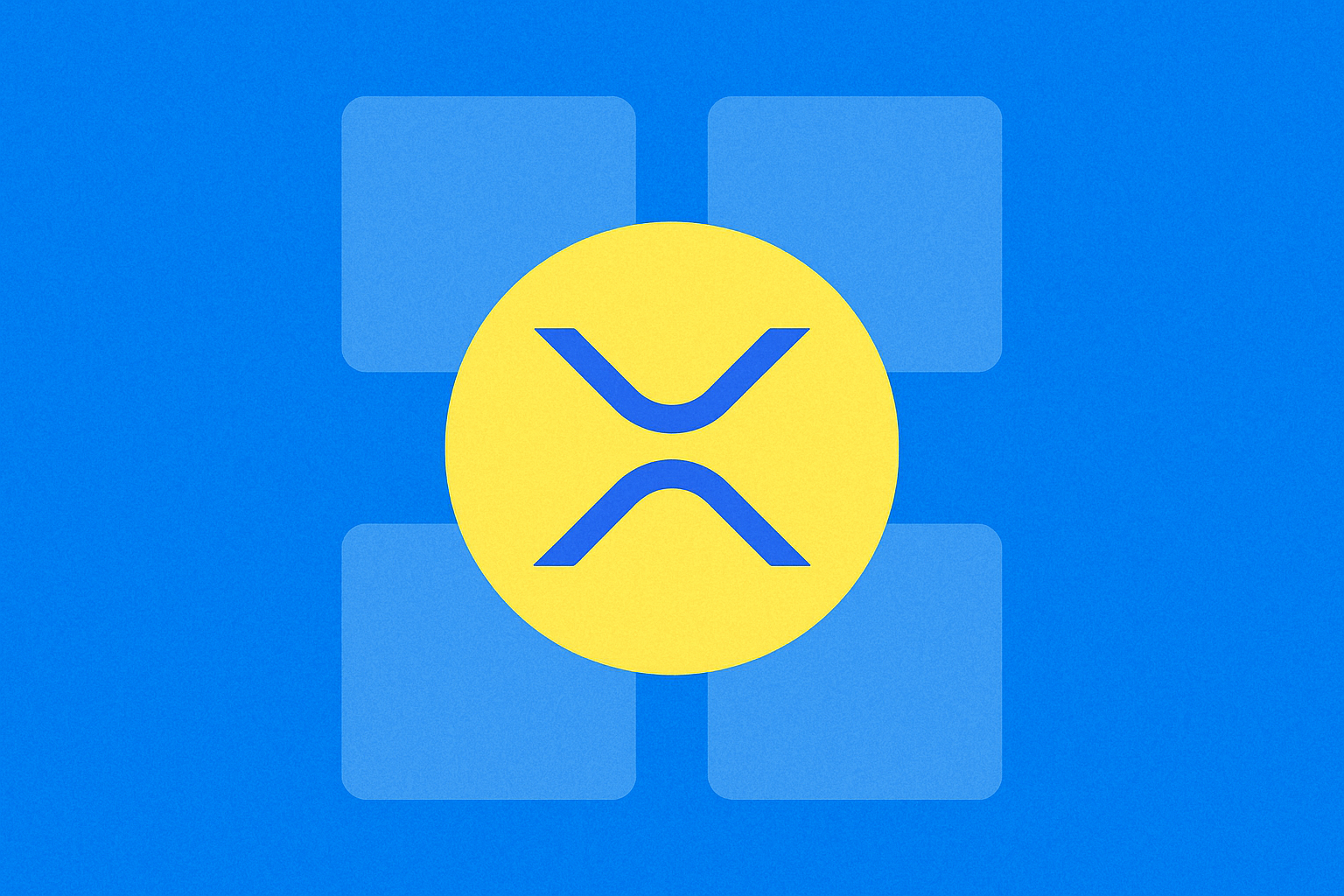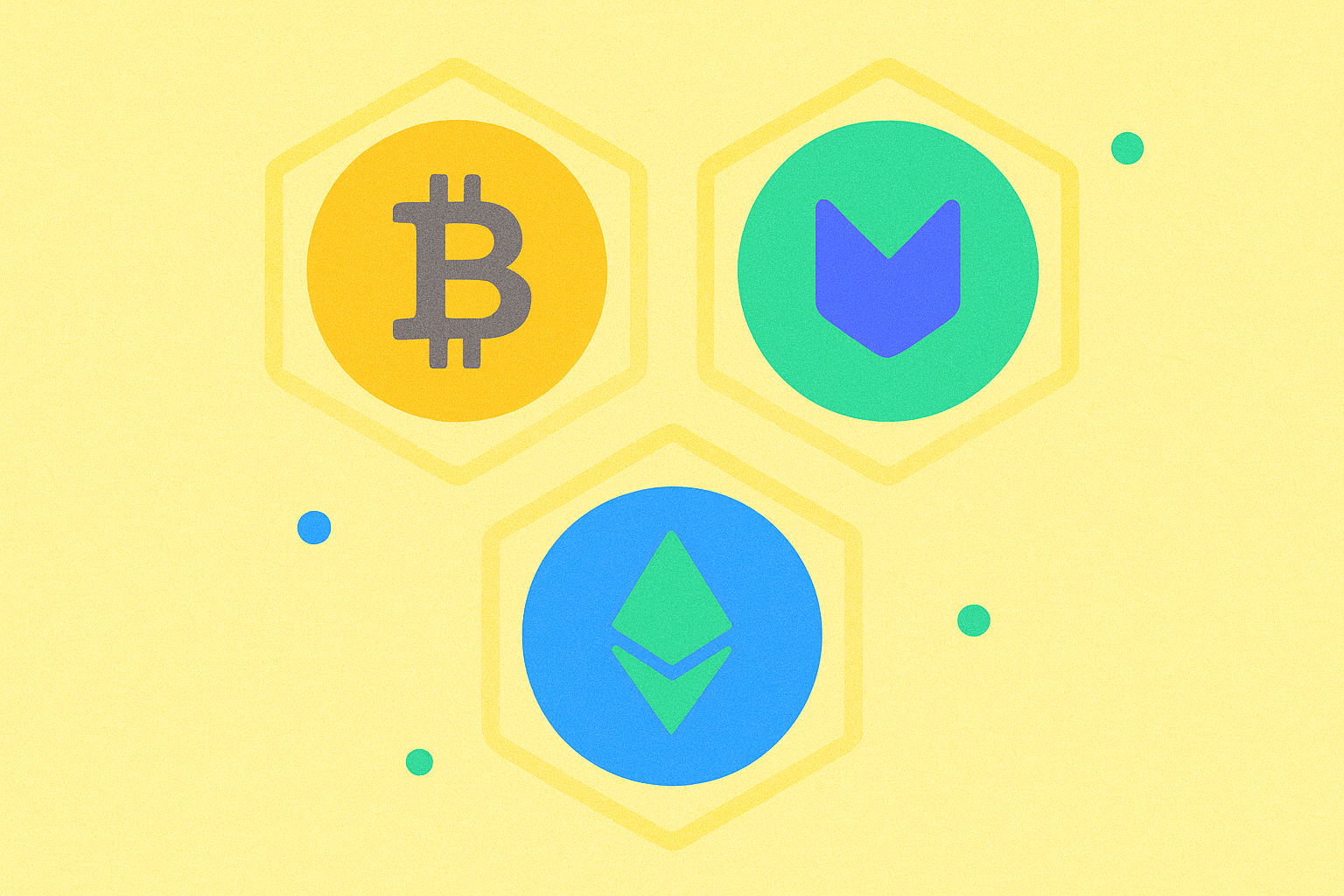Kripto projelerinde token ekonomik modeli, paydaşların çıkarlarını nasıl dengeler?

Token Dağılımı: %80 Şirkete, %20 Kuruculara
XRP'nin ilk dağıtımında, token ekosisteminin gelişimini şekillendiren stratejik bir tahsis modeli uygulandı. XRP Ledger oluşturulduğunda toplam arz 100 milyar XRP olarak belirlendi; bunun %80'i şirkete (ilk adı OpenCoin, daha sonra Ripple Labs) ve %20'si kurucular David Schwartz, Jed McCaleb ve Arthur Britto'ya verildi.
Bu dağıtım modeli, aşağıdaki özel amaçlara hizmet etmek üzere tasarlandı:
| Dağıtım | Yüzde | Amaç |
|---|---|---|
| Şirket Payı | %80 | Operasyonları finanse etmek, küresel para transferi ağlarını başlatmak, ağ gelişimini teşvik etmek |
| Kurucu Payı | %20 | Yaratıcıları ödüllendirmek, projeye kişisel yatırım sağlamak |
2017 yılında, toplulukta olası piyasa taşması ve merkezileşme risklerine yönelik endişeleri azaltmak için Ripple Labs, toplam arzın yarısından fazlası olan 55 milyar XRP'yi kriptografik emanet hesaplarına aktardı. Bu hamleyle, aylık en fazla 1 milyar XRP dağıtımını sınırlayan ve kullanılmayan tokenların tekrar emanete döndüğü yapılandırılmış bir serbest bırakma mekanizması oluşturuldu.
Veriler, bu yaklaşımın XRP'nin tokenomik yapısında yavaş ve öngörülebilir bir arz artışı sağladığını, böylece şeffaflığı artırdığını gösteriyor. Şu anda dolaşımda olan yaklaşık 60.1 milyar XRP (maksimum arzın yaklaşık %60'ı), kurumsal ağırlıklı ilk tahsise rağmen tokenların piyasaya girişinin kademeli hızını ortaya koyuyor.
Önceden Kazılmış 100 Milyar XRP Arzı ve Enflasyonsuz Ekosistem
XRP, tam olarak 100 milyar token ile genesis aşamasında oluşturulan önceden kazılmış arzı sayesinde çoğu kripto para biriminden ayrışır. Bitcoin'de olduğu gibi sürekli madencilik yoluyla yeni coin üretimi yerine, XRP'nin maksimum arzı ilk günden itibaren sabitlenmiş olup, sıfır enflasyon potansiyeline sahip kapalı bir ekosistem yaratır.
Bu temel tasarım tercihi rastgele alınmamıştır; Ripple CTO'su David Schwartz’a göre, teknik hassasiyet ve pratik kullanım birlikte gözetilerek arzın 64-bit tamsayıya tam uyacak ve kullanıcılar için kolayca akılda kalacak şekilde belirlenmiştir.
XRP'nin toplam arzının dağılımı şu şekilde öne çıkıyor:
| Arz Kategorisi | Miktar (Token) | Yüzde |
|---|---|---|
| Mevcut Dolaşımdaki Arz | 60.1 milyar | %60,1 |
| Toplam Önceden Kazılmış Arz | 100 milyar | %100 |
| Maksimum Olası Arz | 100 milyar | %100 |
Tokenların yaklaşık %60’ı zaten dolaşımda olduğu için XRP yüksek likidite sunarken, kalan tokenların stratejik dağıtımına da imkan verir. Enflasyonun olmaması, XRP'nin güçlü piyasa konumu sayesinde (şu anda 4. sırada, 135.6 milyar $ piyasa değeriyle) enflasyonist kripto paralara kıyasla fiyat istikrarı ve öngörülebilirlik sağlar.
Sabit arz doğal bir kıtlık yaratır ve bu da XRP'nin son bir yılda %365'lik etkileyici fiyat artışına katkı sağlamıştır; bu durum, sınır ötesi ödemeler için optimize edilmiş tokenomik modeline piyasadan güçlü bir olumlu tepki olduğunu gösterir.
Bankacılıkta Verimlilik: 3 Saniyede Mutabakat
XRP, olağanüstü mutabakat hızıyla bankacılık operasyonlarını dönüştürerek geleneksel finansal sistemlerin çok önüne geçiyor. Klasik bankacılık işlemleri genellikle birkaç gün sürerken, XRP işlemleri sadece 3 saniyede kesinleşiyor ve finansal kurumların sınır ötesi ödemeler ile likidite yönetimini kökten değiştiriyor.
Bu verimlilik, doğrudan şu operasyonel avantajları sağlıyor:
| İşlem Ölçütleri | XRP | Geleneksel Sistemler | Avantaj |
|---|---|---|---|
| Mutabakat Süresi | 3 saniye | 3-5 gün | ~115.000 kat daha hızlı |
| İşlem Maliyeti | $0,0002 | $25-50 | ~125.000 kat daha ucuz |
| İşlem Kapasitesi | 1.500 TPS | ~15 TPS (SWIFT) | 100 kat daha fazla kapasite |
| Ön Finansman Gereksinimi | Gerek yok | Nostro/Vostro hesapları | 27 trilyon $’lık bekleyen likiditeyi serbest bırakır |
XRP’yi kullanan finansal kurumlar, hazine operasyonlarında ciddi maliyet düşüşleri yaşadı. XRP’nin Talebe Bağlı Likidite hizmeti sayesinde nostro/vostro ön finansman zorunluluğu ortadan kalkıyor ve bankalar hareketsiz sermayelerini yatırıma, krediye ve gelişim projelerine yönlendirebiliyor.
Santander ve SBI Holdings gibi bankalar, Ripple teknolojisini ödeme altyapılarına entegre ederek bu avantajlardan faydalanıyor. XRP Ledger şu anda yılda yaklaşık 5 trilyon $ işlem hacmiyle yüksek finansal akışları hızlı ve düşük maliyetli şekilde yönetebileceğini kanıtlıyor.
Yönetim: Ripple’ın Merkezi Kontrolü
XRP'nin yönetim yapısı, merkeziyet ile dağıtık yapı arasında karmaşık bir denge sunar. Ripple Labs ekosistem üzerinde önemli bir güç sahibi olsa da yönetim sistemi tamamen merkezî değildir. Ripple’ın bu etkisi, şirketin toplam XRP arzının %50’sinden fazlasını kontrol etmesinden kaynaklanır ve karar mekanizmalarında güçlü bir merkezî dinamik yaratır.
Bu güç yoğunluğuna rağmen, XRP Ledger yaklaşık 1.000 node ile çalışır ve Ripple Protocol Consensus Algorithm (RPCA) ile işlemlerin kesinleşmesi için en az 33 node’un onayı gerekir. Bu mimari, Ripple’ın baskın pozisyonu çerçevesinde belirli dağıtık doğrulama olanakları sunar.
| Özellik | Merkezî Unsurlar | Dağıtık Unsurlar |
|---|---|---|
| Token Dağılımı | Ripple Labs’ın elinde %50’den fazla | Kalan arz halka açık piyasalarda |
| Mutabakat Mekanizması | Ripple tarafından tasarlanan RPCA | 1.000 node, kesinleşme için 33 gerekli |
| Geliştirme | Ripple liderliğinde | XRPL Foundation ekosistemi destekliyor |
2020’de kurulan XRPL Foundation, Ripple’ın daha fazla dağıtık yapıya ihtiyaç duyduğunu kabul ettiğini gösteriyor. Ancak eleştirmenler, Ripple’ın ön madenciliği ve büyük payının gerçek dağıtık yönetim ilkesini temelden zayıflattığını savunuyor. Bu hibrit model, XRP’yi geleneksel kurumsal kontrol ile diğer blockchain ağlarının savunduğu izinsiz sistemler arasında benzersiz bir konuma yerleştiriyor.
SSS
XRP hâlâ iyi bir yatırım mı?
Evet, XRP düzenleyici netliğin artması ve olası ETF onayı ile hâlâ umut verici bir yatırım olarak öne çıkıyor. Ancak Bitcoin’in dağıtık yapısı, dijital değer saklama aracı olarak uzun vadede daha fazla istikrar ve yükselme potansiyeli sunabilir.
5 yıl sonra 1 XRP'nin değeri ne olur?
5 yıl içinde 1 XRP'nin değeri yaklaşık 27 $ olabilir. Bu tahmin, beklenen benimseme oranları ve kripto para piyasasının büyümesi dikkate alınarak yapılmıştır.
XRP 100 $'a ulaşabilir mi?
Evet, XRP’nin 100 $ seviyesine çıkması mümkündür. Benimsenme, kullanım ve olumlu piyasa trendlerindeki artış, gelecekte değerinin önemli ölçüde yükselmesine neden olabilir.
XRP 1.000 $'a ulaşır mı?
XRP’nin 1.000 $’a ulaşması teorik olarak mümkün olsa da kısa vadede pek olası değildir. Uzun vadeli projeksiyonlar, bunun önümüzdeki on yılda gerçekleşebileceğini gösterse de kesin bir garanti yoktur.

2025’te XRP’nin Temel Analizi: Değerini Belirleyen Başlıca Faktörler Nelerdir?

2025 yılında XRP'nin White Paper'ı ve kullanım alanları için temel analiz nedir?

XRP Token Ekonomik Modeli, Geleneksel Kripto Paralarla Karşılaştırıldığında Nasıl Farklılıklar Gösteriyor?

XRP'nin teknik raporunda ortaya konan temel mantık nedir ve bu yaklaşım, varlığın temel göstergelerine nasıl yansır?

Stellar (XLM), sınır ötesi ödemelerde XRP ile nasıl karşılaştırılır?

XRP'nin token ekonomik modeli, diğer kripto paraların çoğundan hangi yönleriyle ayrışır?

Token Ekonomisi Modeli Nedir: LUNC'nin %1,2 Yakım Vergisi ve Deflasyon Mekanizması Nasıl İşler

HEMI nedir: Chrysler'ın Devrim Niteliğindeki V8 Motor Teknolojisi ve Performans Mirasını Anlamak

Kuantum Hesaplama Çağı Geliyor mu? Bitcoin'in Post-Kuantum Güvenliğine Geçiş Yapması Neden 5–10 Yıl Alabilir

2025 Borsa Yılı Sonu Görünümü: Bu Hafta Yüksek Endeks Seviyeleri Arasında Ana Noktalar

2025’te Kripto Teknik Analizinde MACD, RSI ve Bollinger Bands Nasıl Kullanılır







